Saturday, 20th As planned, I set off to Lake Panic at 5.30am in partly cloudy, cool conditions. You will remember that when I last visited here two weeks ago I found it choked with grass and very little water. Since then 100mm of rain has fallen and I find the water level back to normal but of course the long grass is still showing above the water surface. Which does detract from taking decent photographs.
Those of you who know Lake Panic will know that weavers are plentiful nesting on the trees and bushes. Two weeks ago there was not a weaver to be seen. Today however, they are in a nesting frenzy and have already largely stripped the reeds of their leaves.
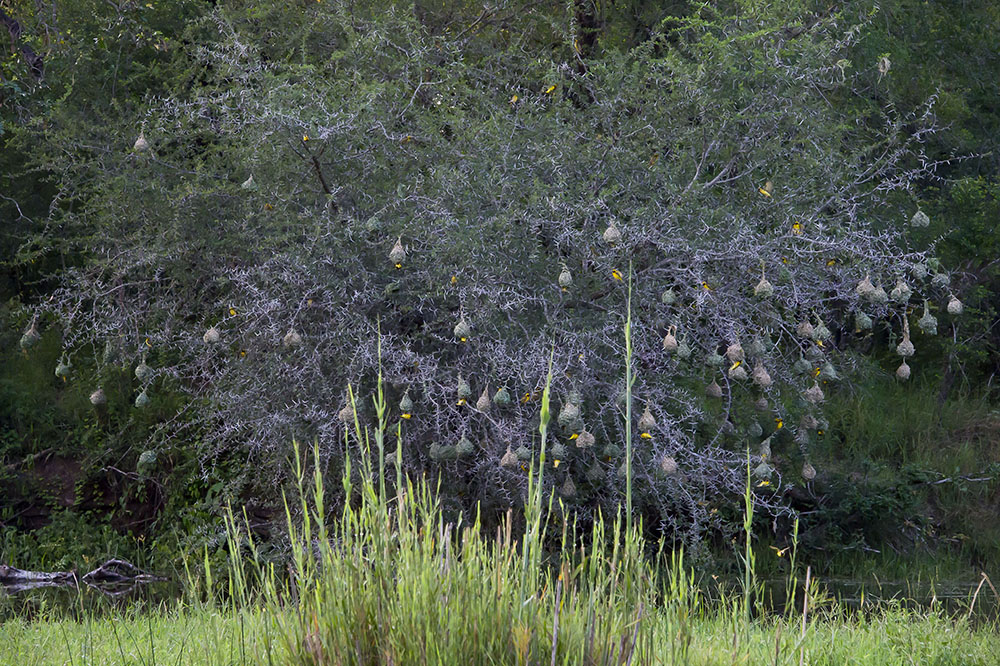
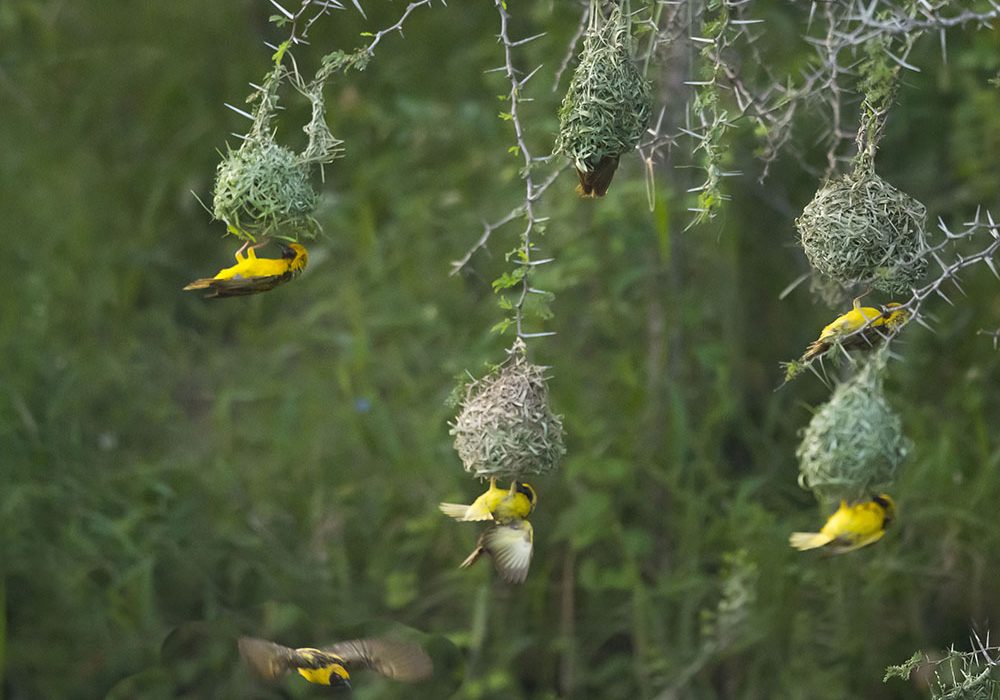
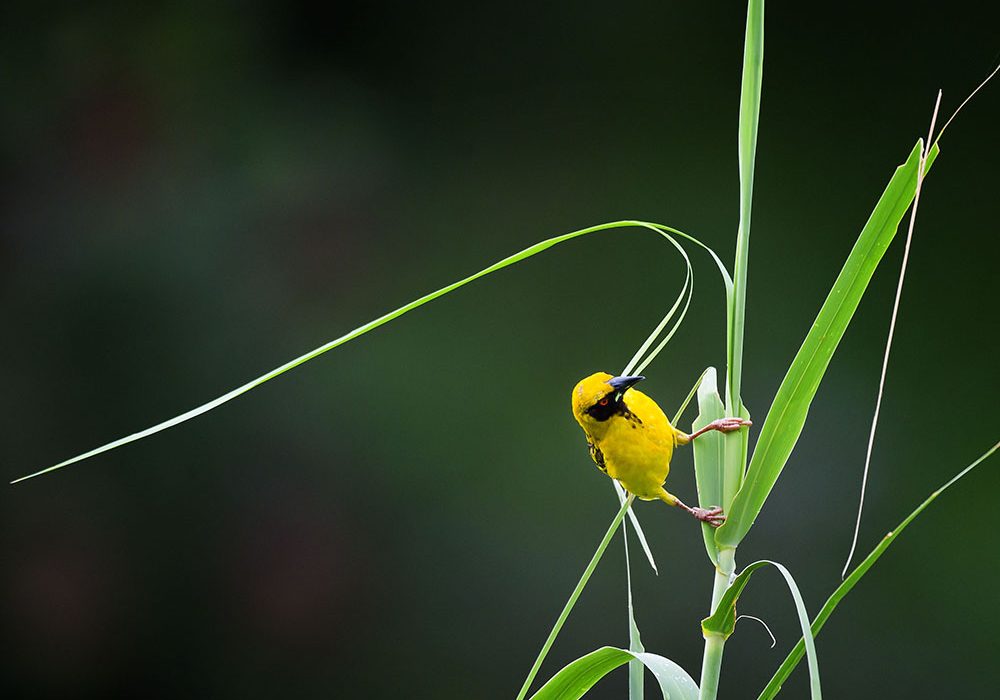
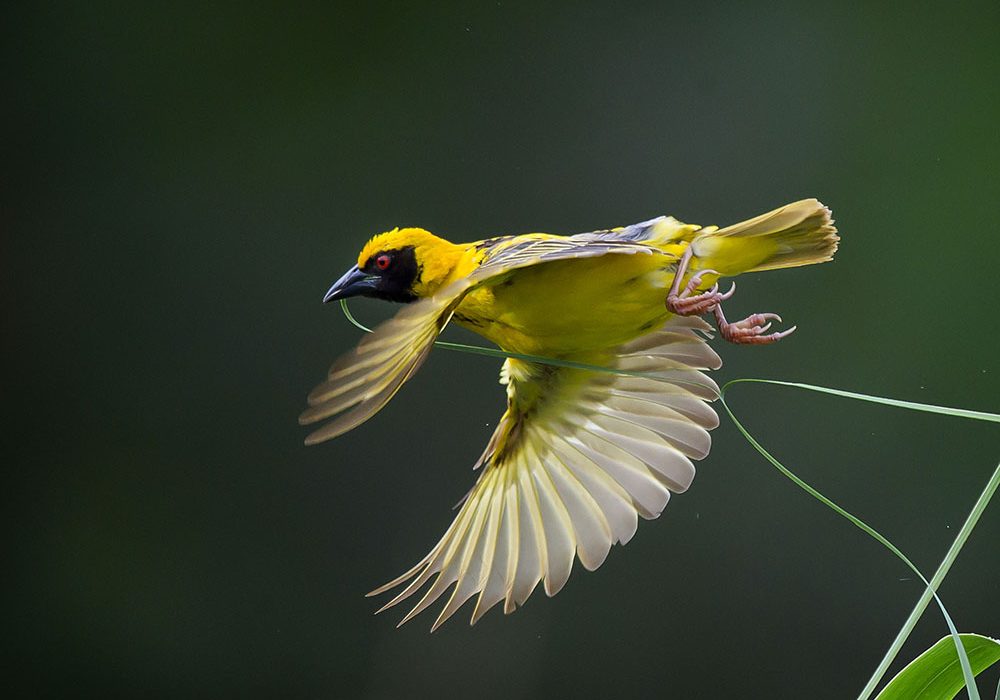
These are Village Weavers.
On a nearby tree a immature Striated (Green-backed) Heron is going through some contortions.
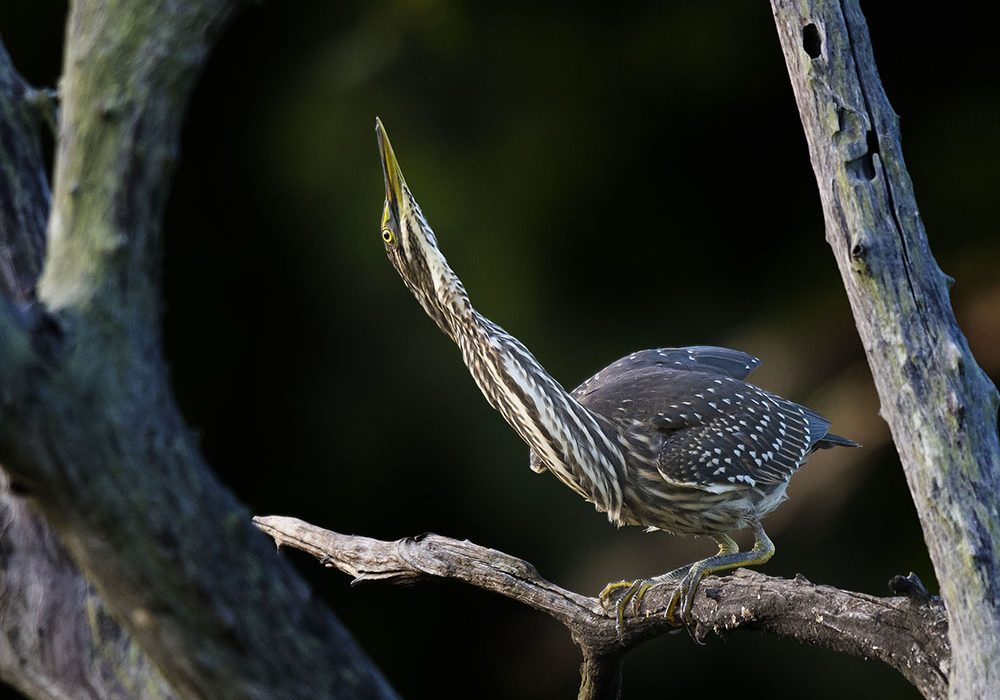
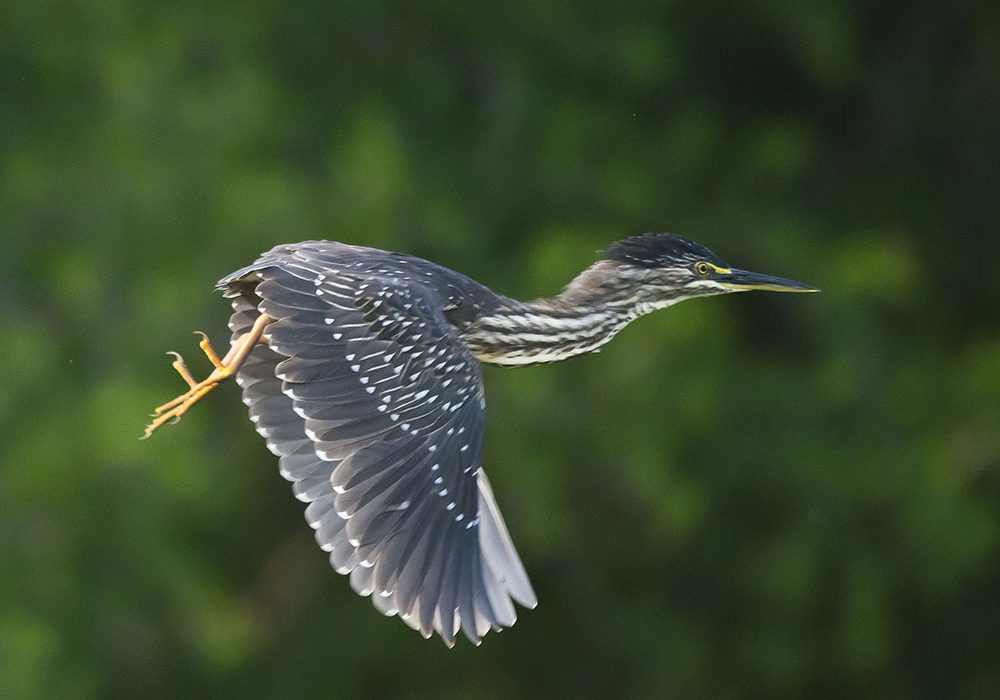
The water is not really suitable for kingfishers and other birds so I pack up early and return to camp. On rather an impulse I decide to move to Satara which is 90 odd Km’s distant. So in no time I have hooked up the caravan and am rapidly moving up the H1-2 northwards.
I am particularly keen to see what is going on at Leeupan which is close to the mainroad and about 35Km’s from Skukuza.
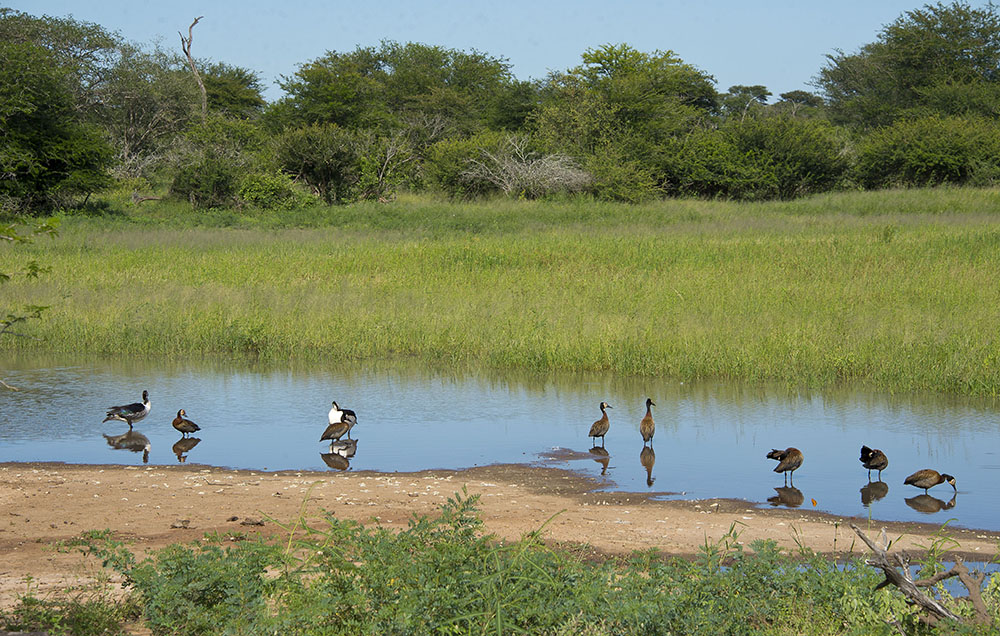
The recent rain has filled the pan considerably and the water now fringes the thick grass attracting ducks, geese and other water birds.
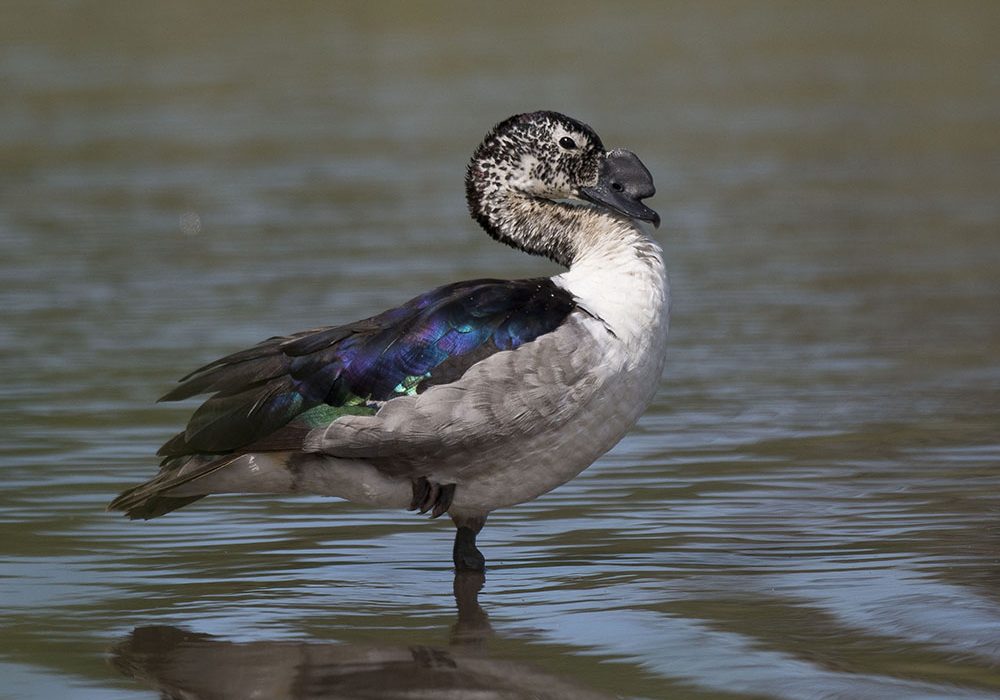
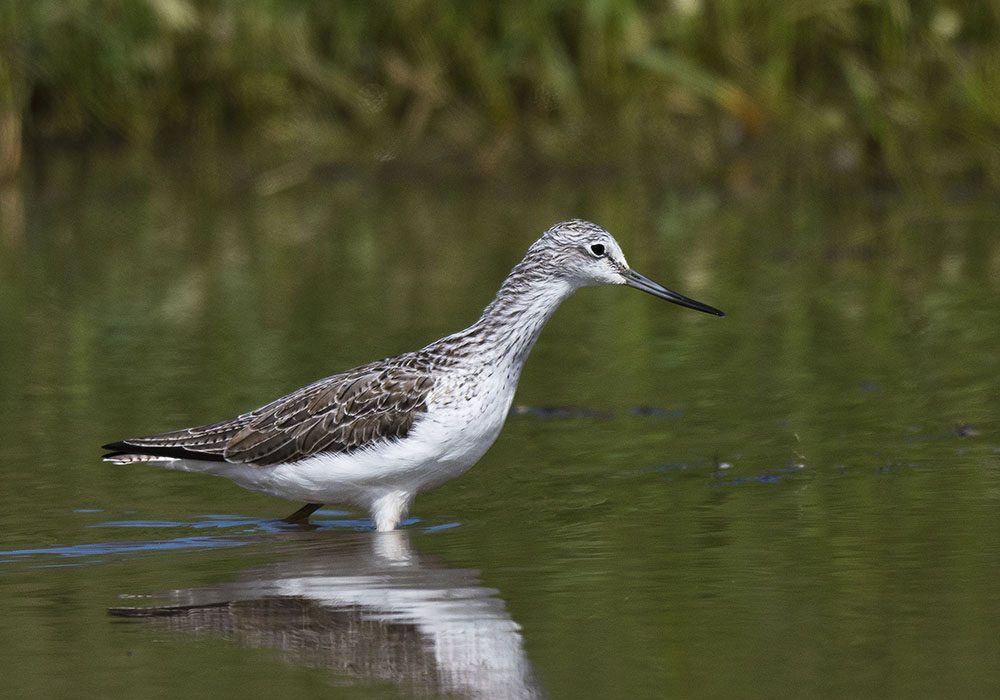
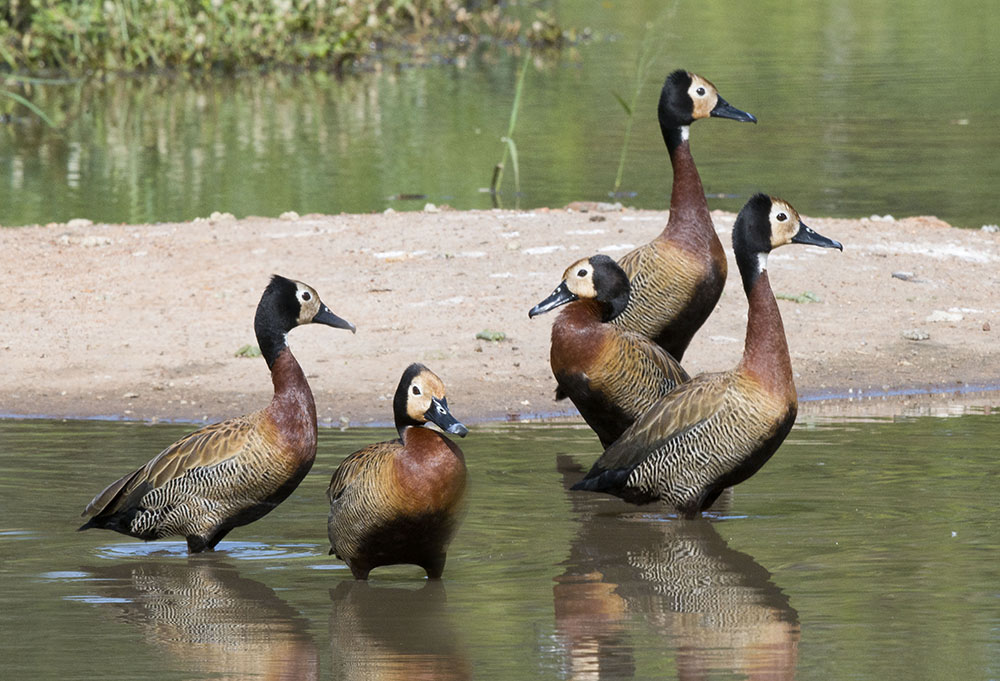
Unfortunately, I have the caravan in tow which makes manoeuvring difficult and blocks the view for others so I must leave this wonderful place. It was here last year that I photographed the Painted Snipes and their private lives deserve re-telling. They are “polyandrous” which means that the male builds the nest, sits and incubates the eggs and then largely rears the chicks. And all the while the female is flitting about attracting other males. (I would ask some of you ladies to stop nodding your heads please.) This habit is reflected in their plumage – the male being drab for good camouflage while nest sitting whilst the female is strikingly colourful so as to attract new mates.
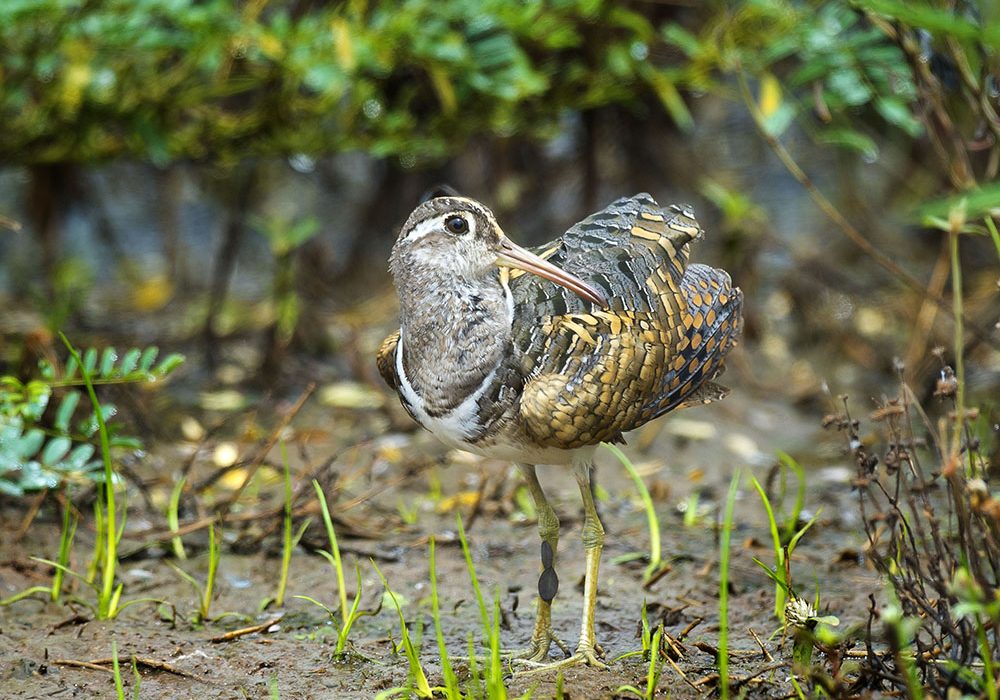
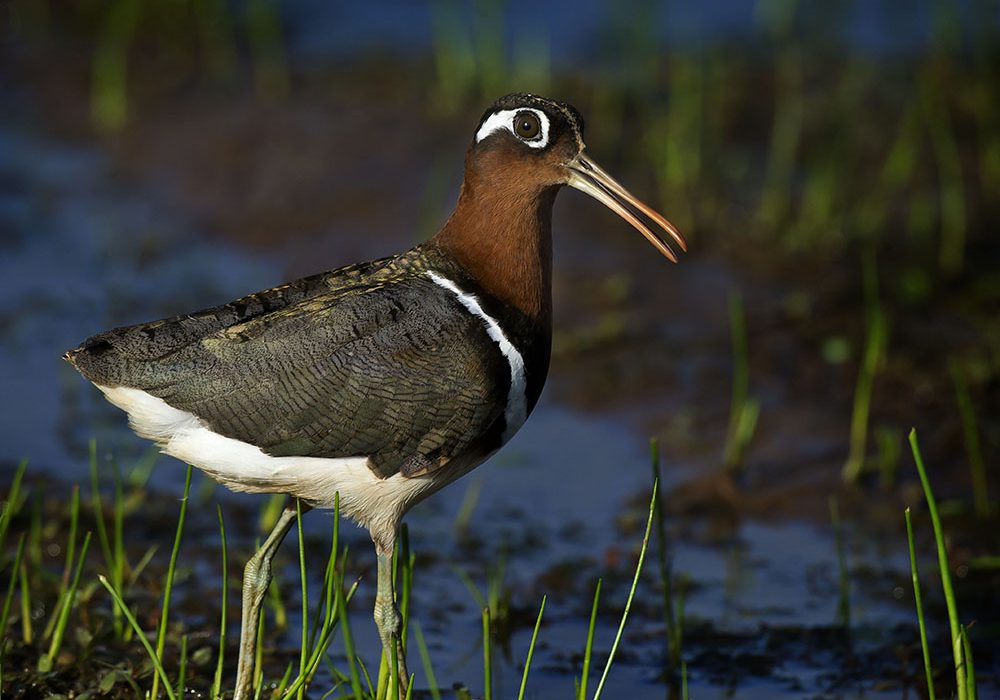
I have no doubt that the snipes are again at Leeupan but I must move on. Now, it is easier for a camel……… than to pass by Tshokwane without stopping and stocking up on their wonderful homemade pies. These will stand me in good stead in my bachelor days ahead.
I press on past the full Mazithi and Kumana Dams and get to Satara at about 11am. The campsite is quite full over the weekend and all the really shady sites are taken. High cloud is screening the sun but the temperature still reaches 34℃ with high humidity. At 2.30pm I take off northwards and then turn east along the S90. As to be expected the grass is so long that one is going to struggle to see anything off the road. Good vantage points are at a premium.
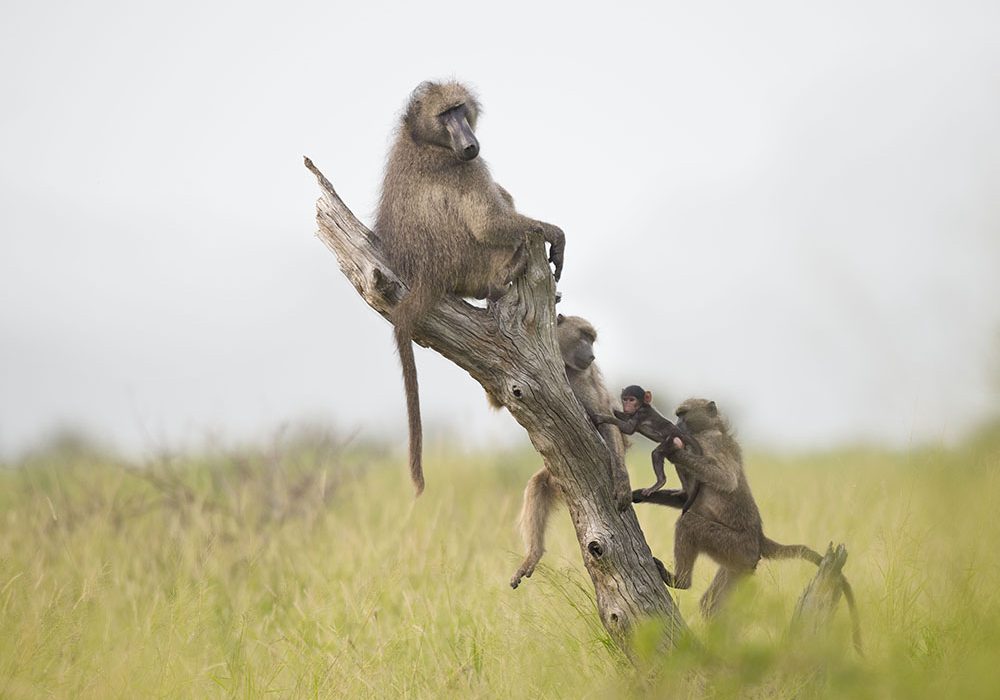
I concentrate on photographing the birds in the road ahead of me.
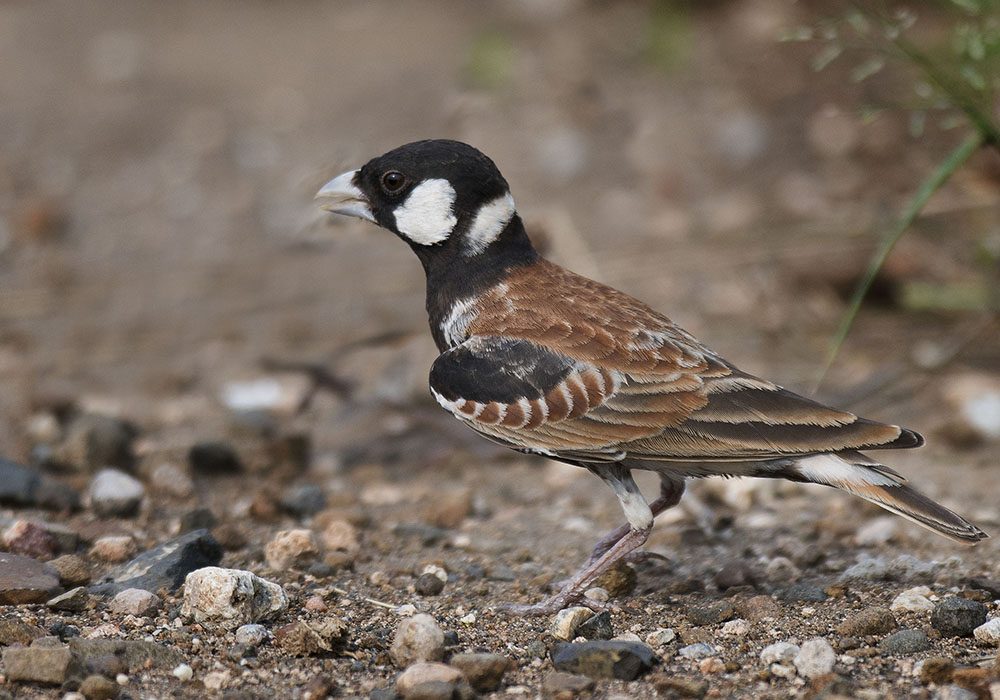
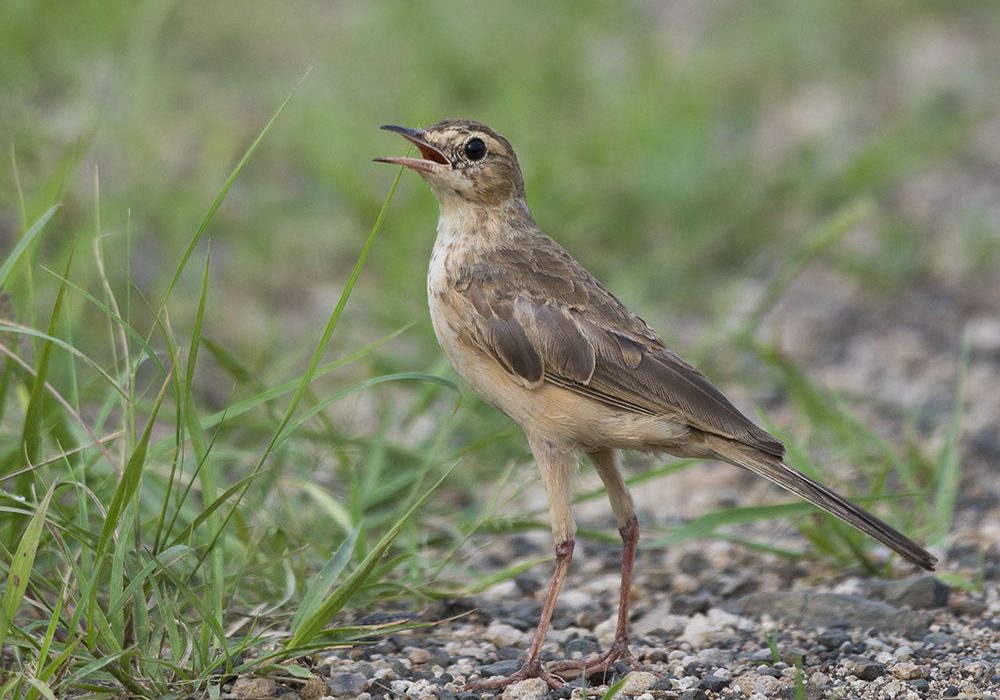
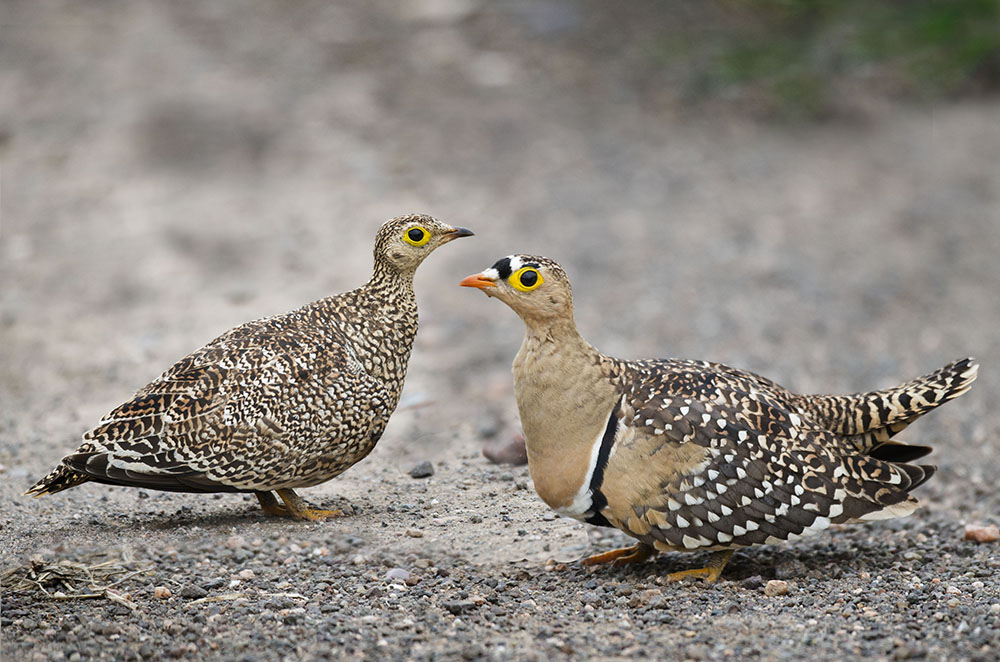
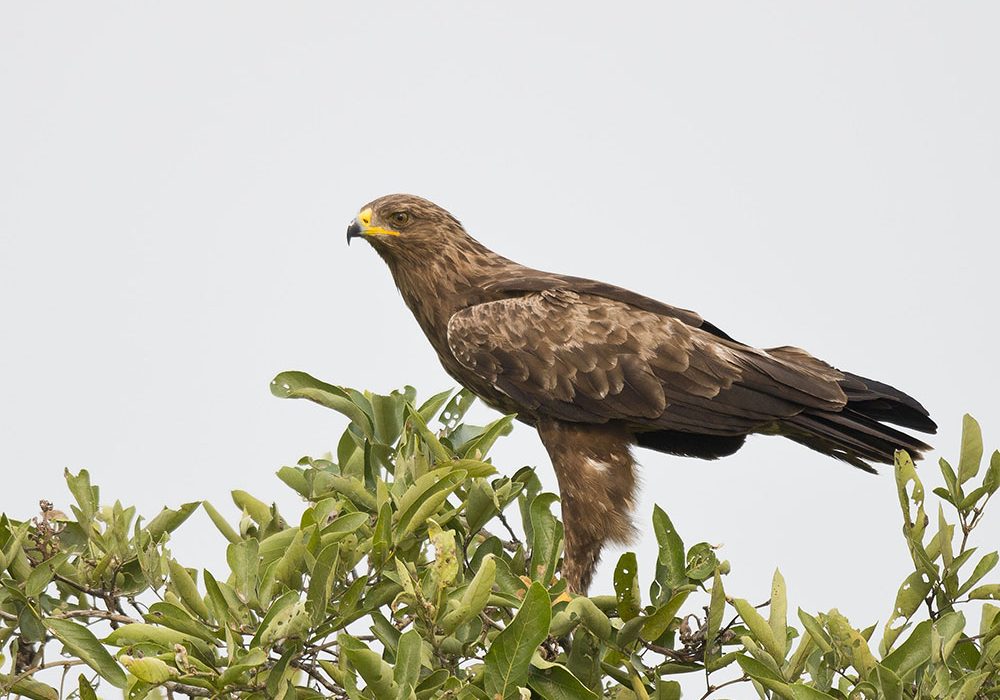
Every stream that I come to is gushing water whilst it is evident that the Gudzani stream has seriously flooded. Of course it is quite a rarity to see any animals at all, even coming up the S100, but I thoroughly enjoy the afternoon. Just before reaching camp, the sun unexpectedly breaks through in the west.
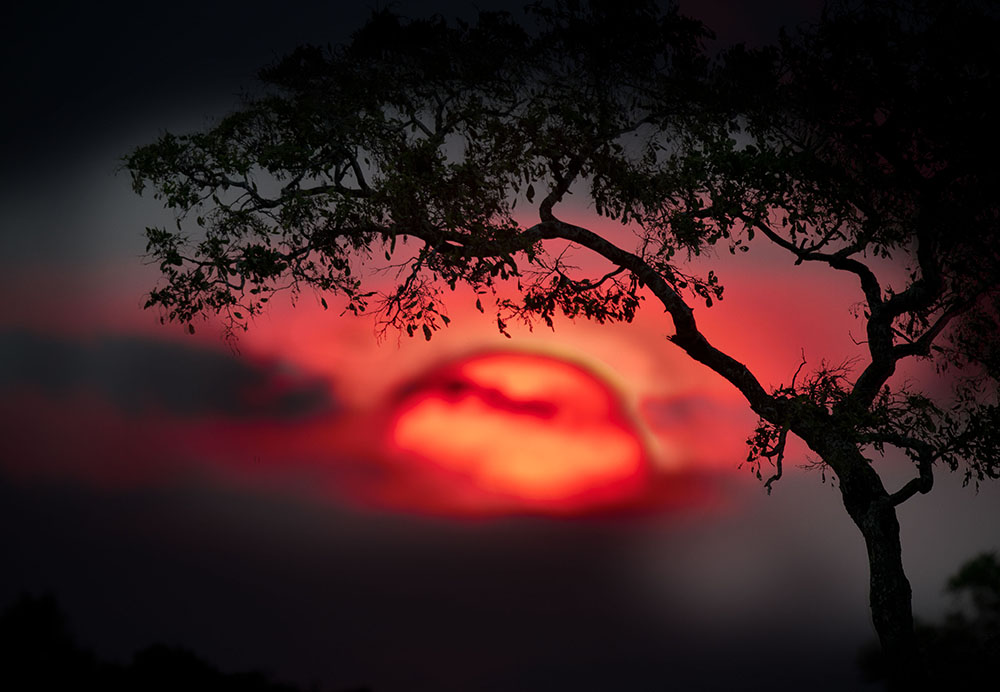
Sunday, 21st Satara hosts a different type of visitor when compared to Skukuza. I get to the gate at 5.20am and already I am number 12 in line. It is overcast and cool so I let the mob disperse before creeping down the Nwanetsi S100 road. This must be one of my favourite roads in the Park especially in summer when traffic is light. These are the scenes that I encounter.
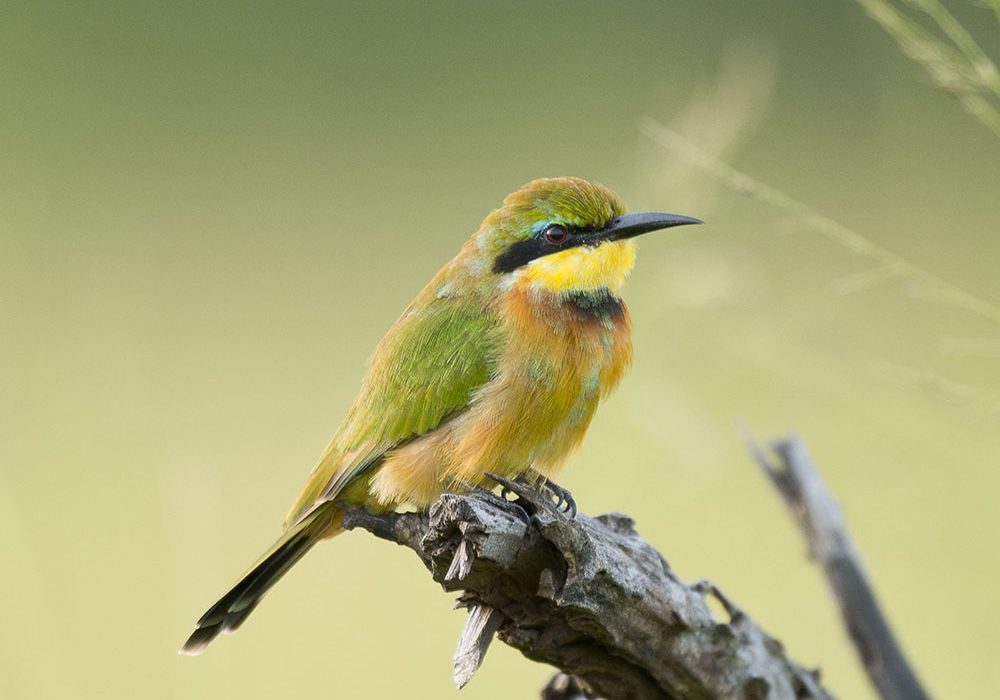
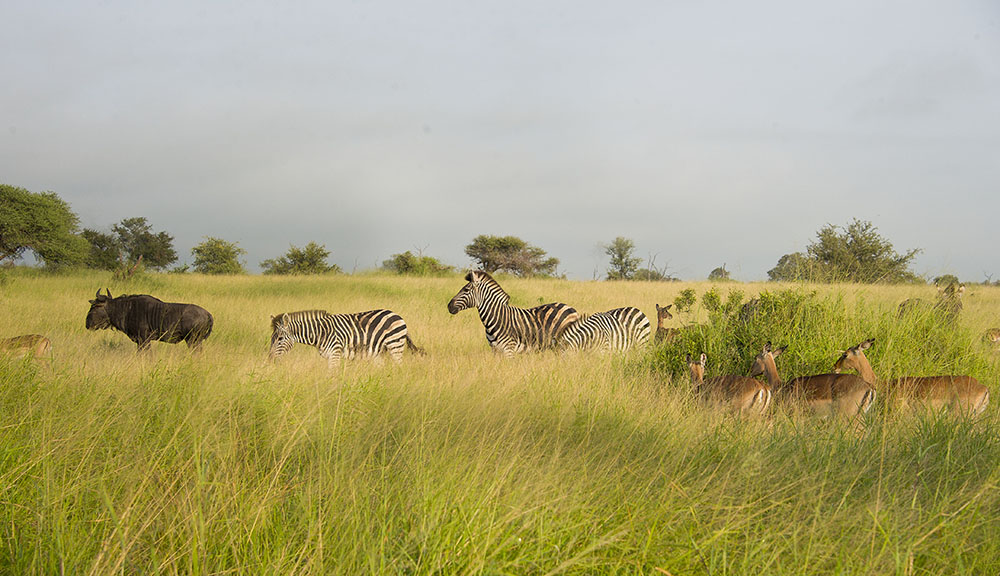
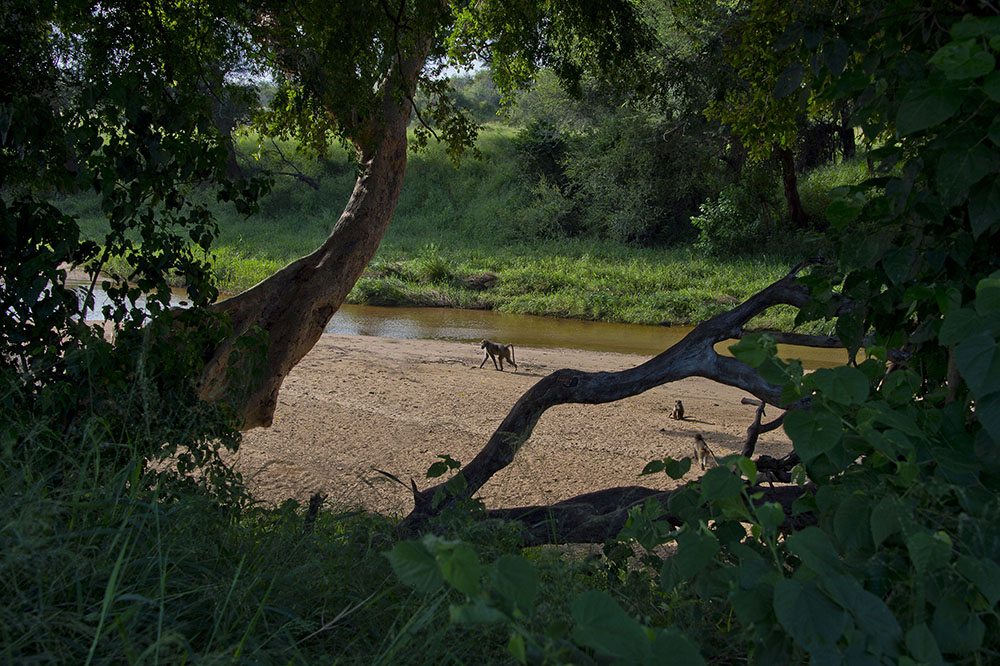
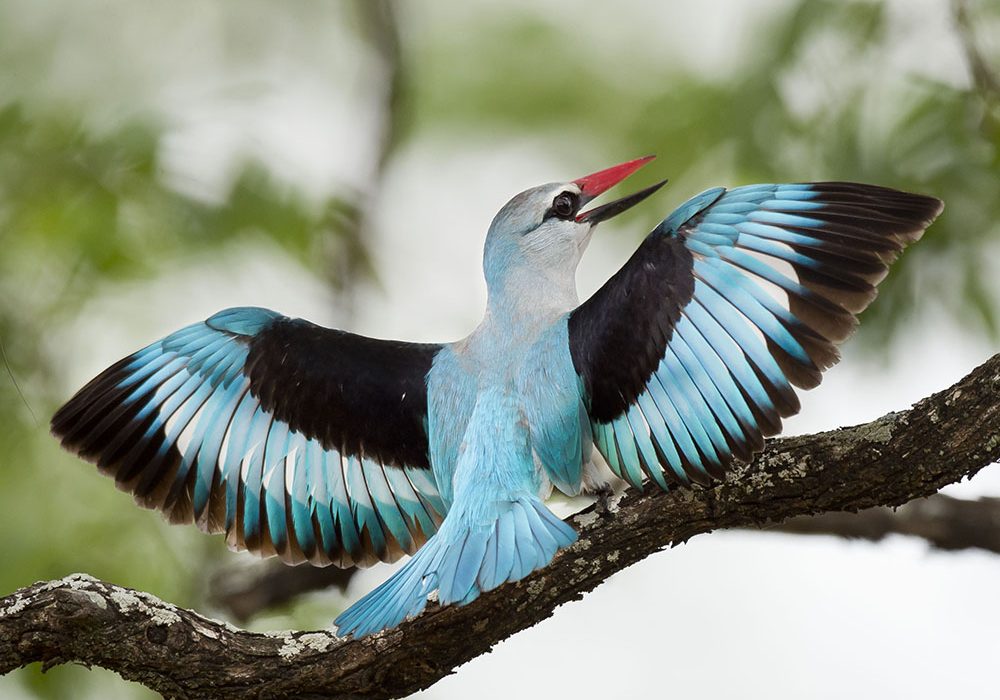
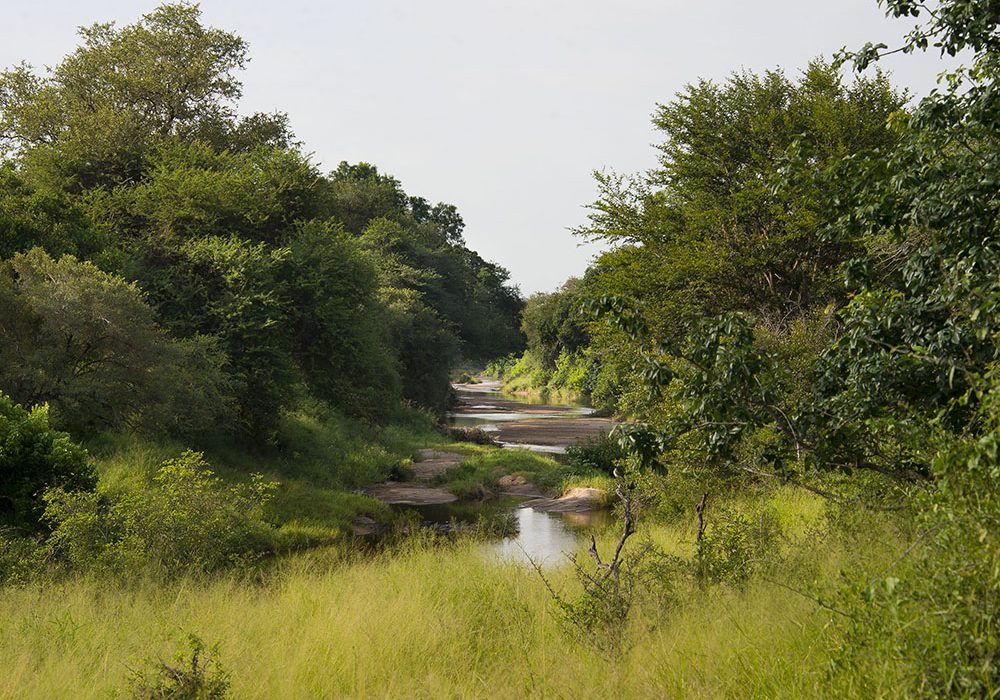
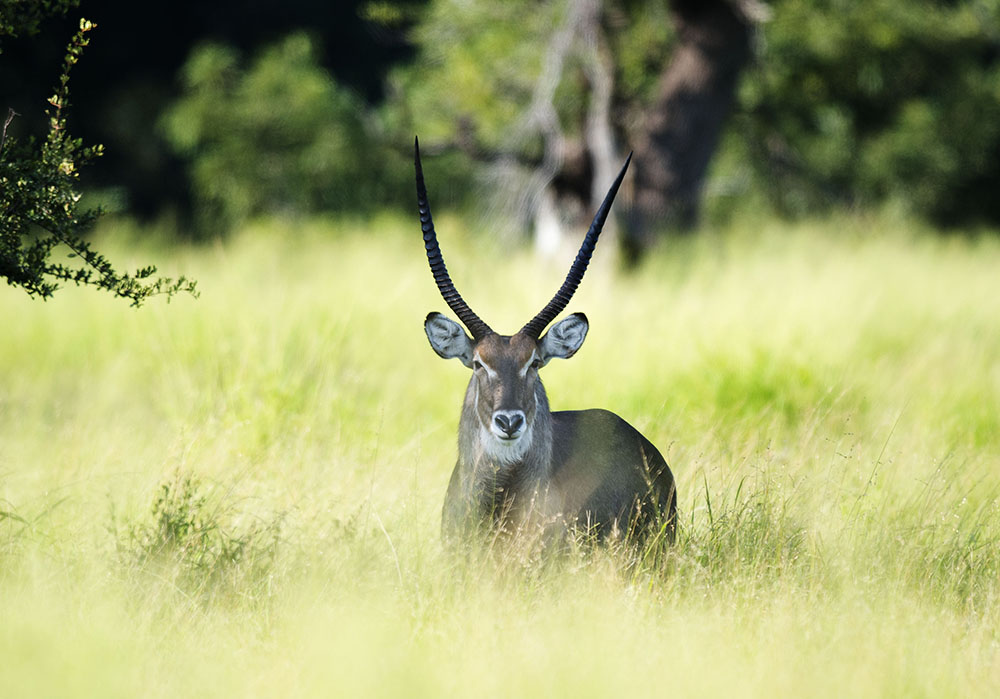
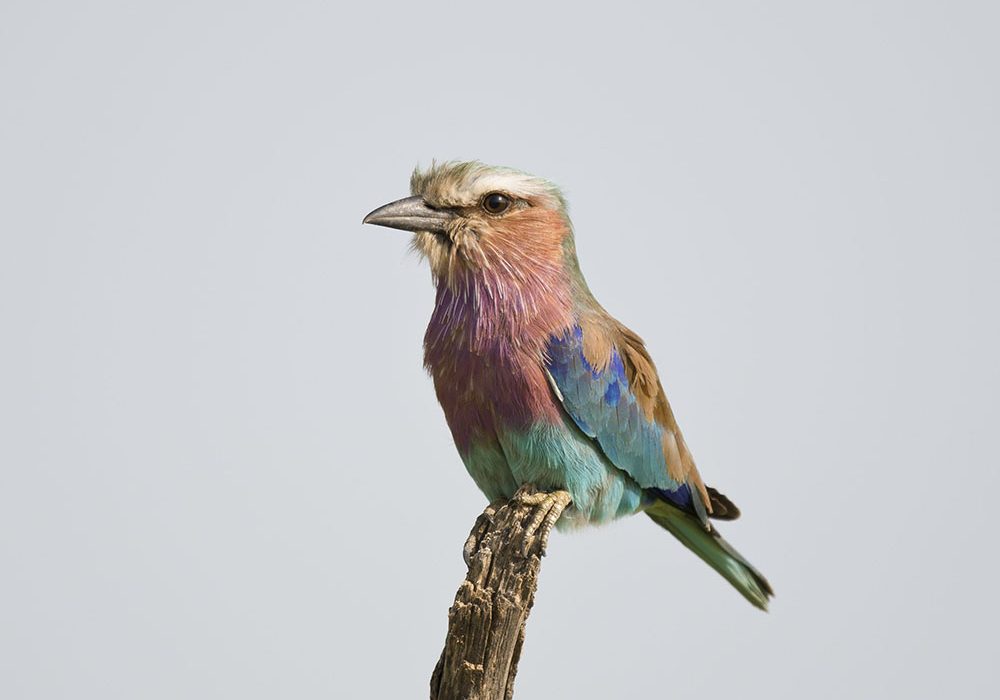
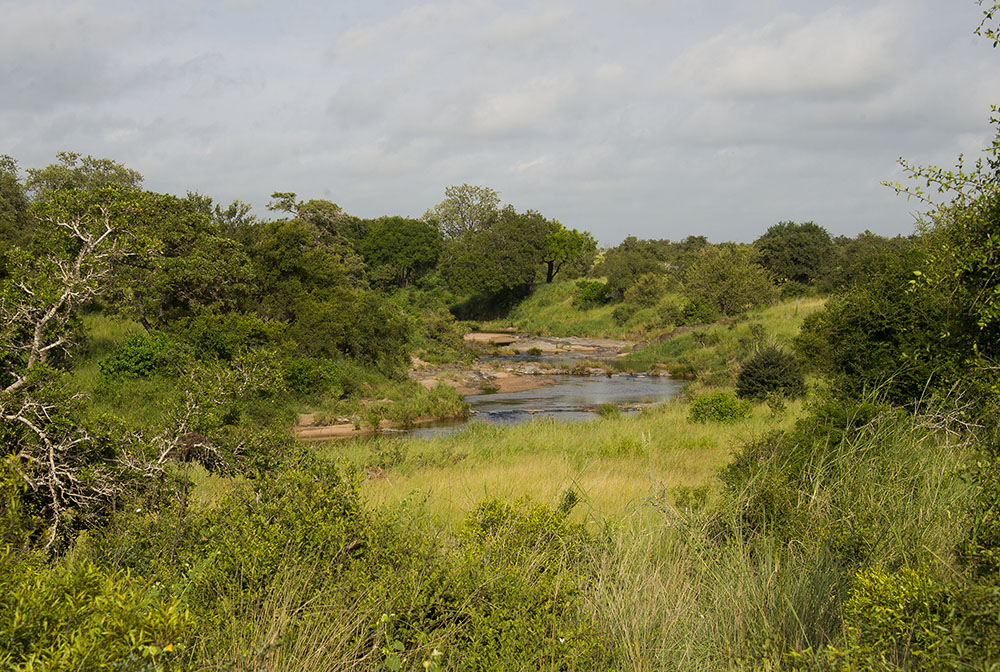
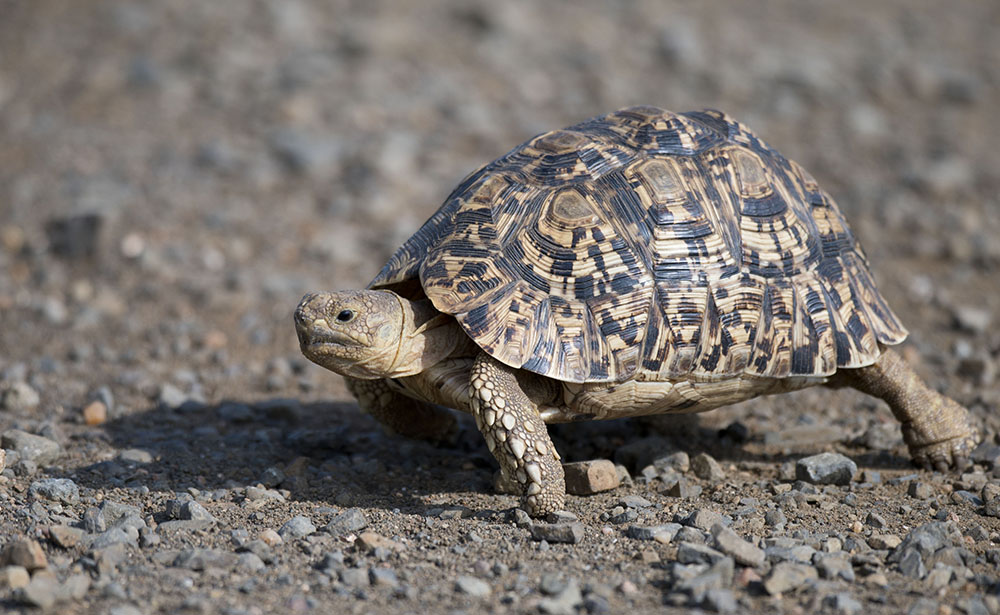
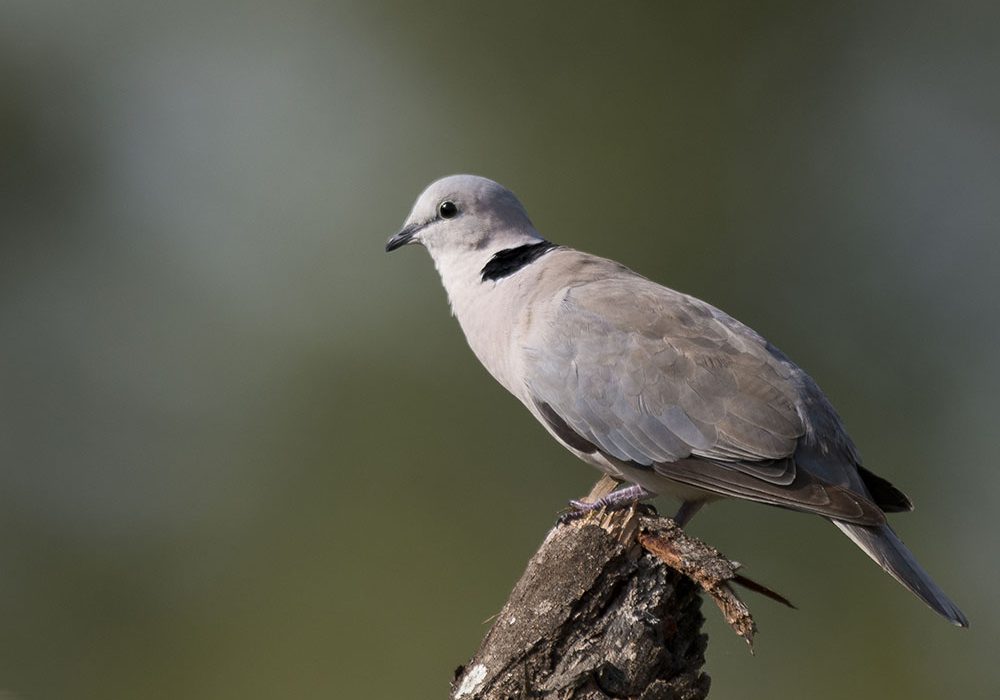
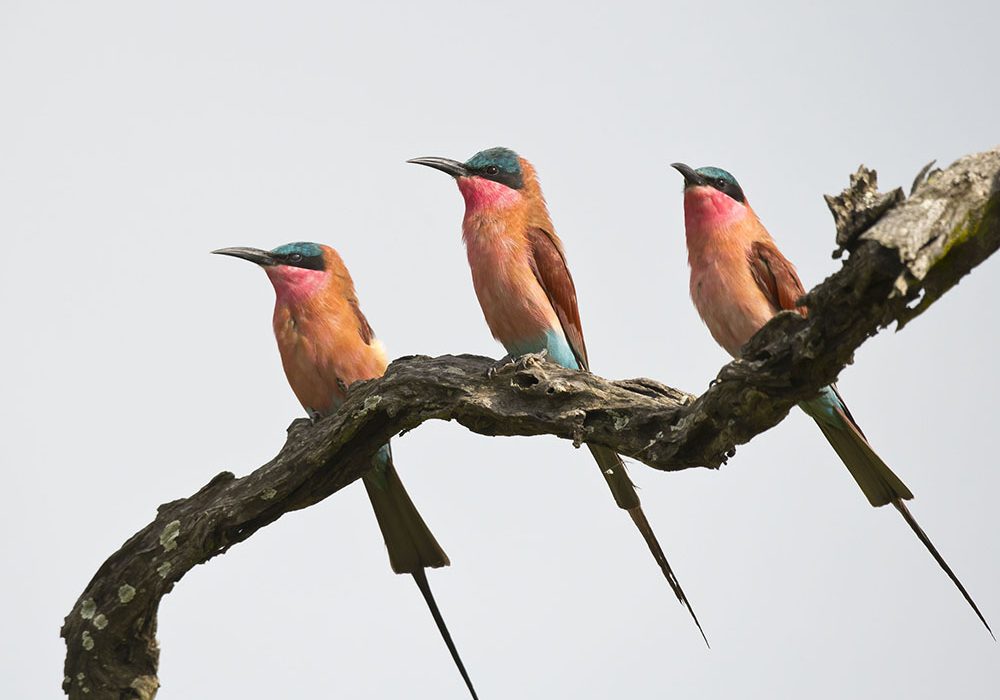
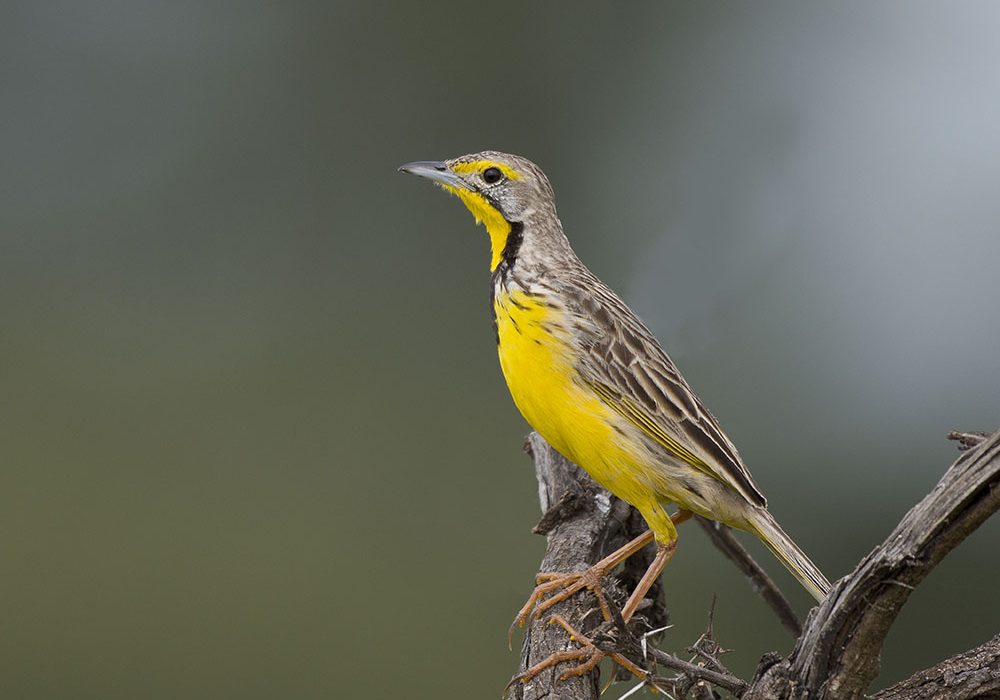
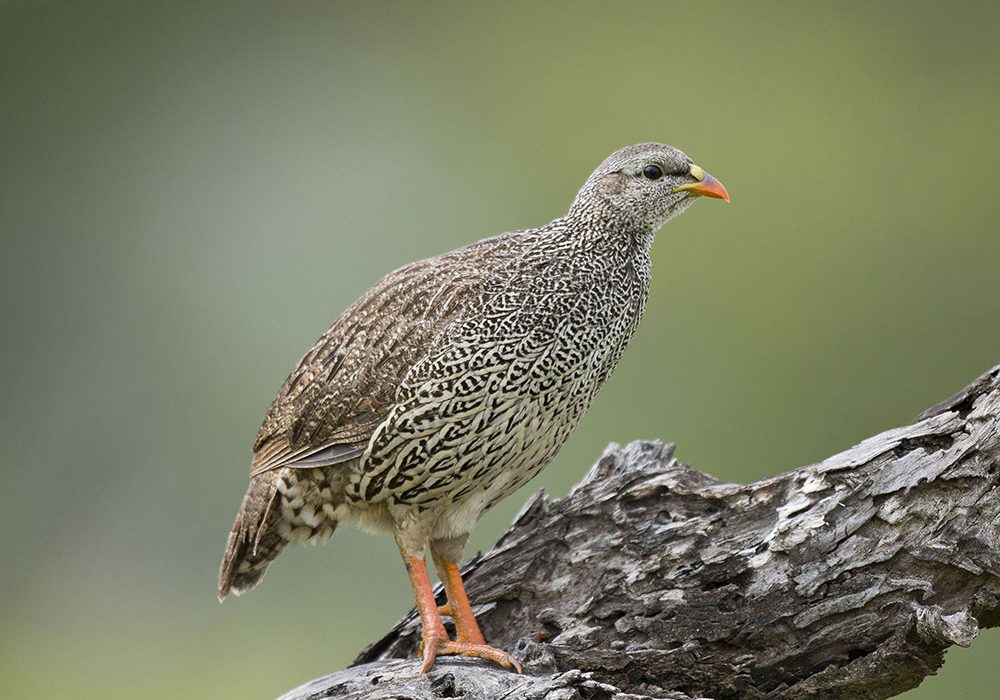
These are all very common and to be expected sights along this road. But so much do I enjoy it that I do not even reach the end of the road. It is scenically magnificent and there is always the chance of something extraordinary walking along the road. I get back to camp at about 9.30am after a really enjoyable time.
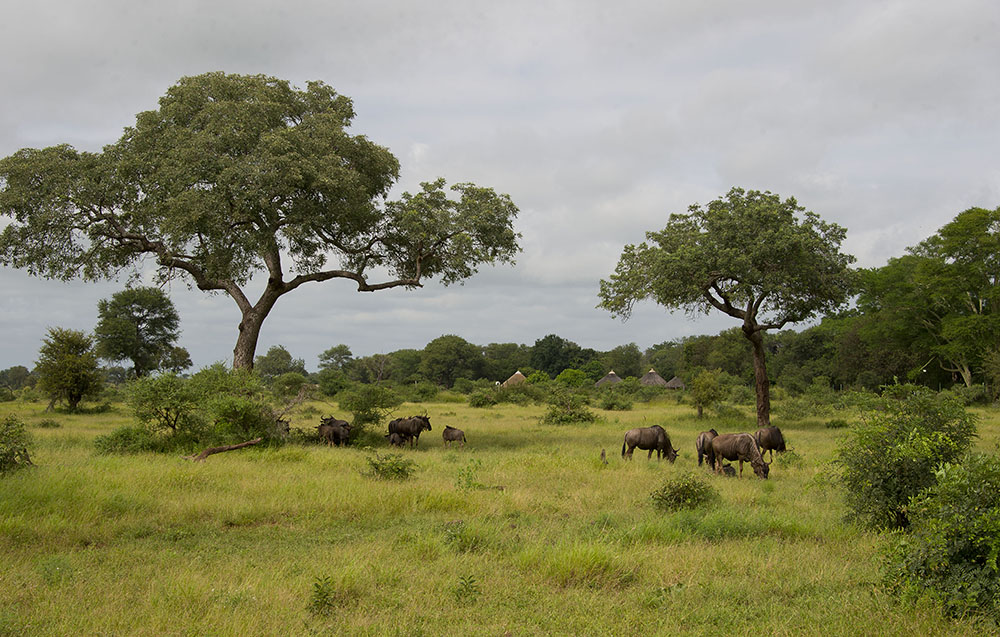
This afternoon I head westward along the H7 Orpen Road, past the vast expanse of water that is Nsemani Dam. I continue to S12 road that doubles back to Girivana Dam.
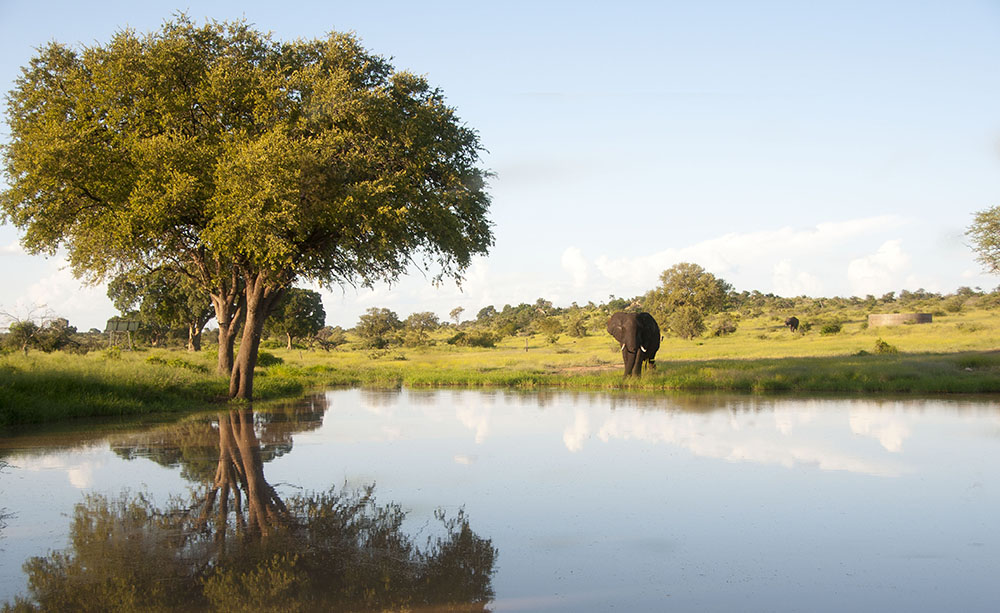
Here people tell me about some lions on the S40 road towards Timbavati. I decide to investigate and find them in long grass.
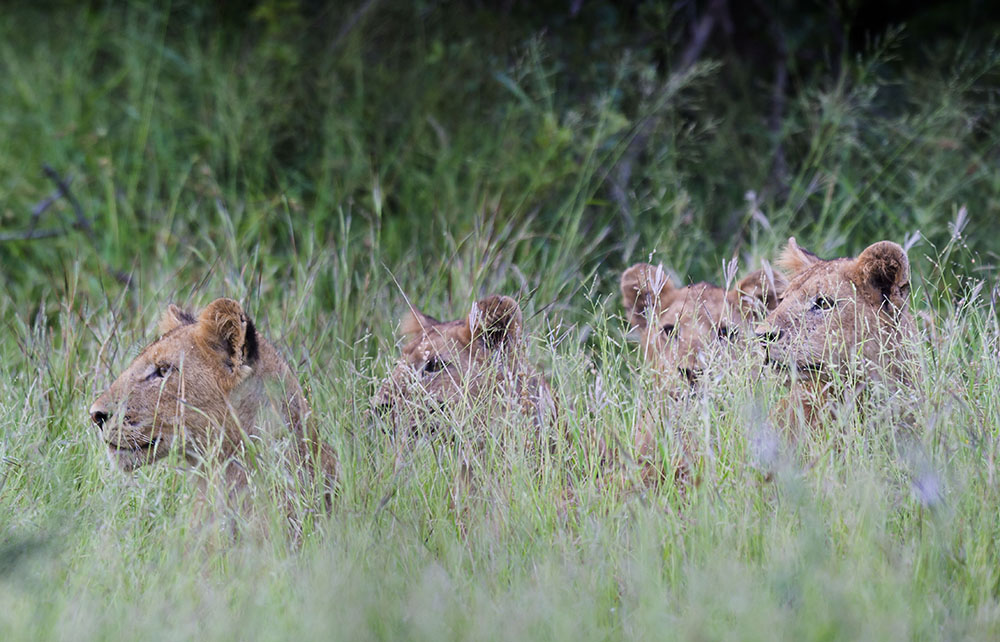
It has been a long day and I wander back to Satara. A lovely day.

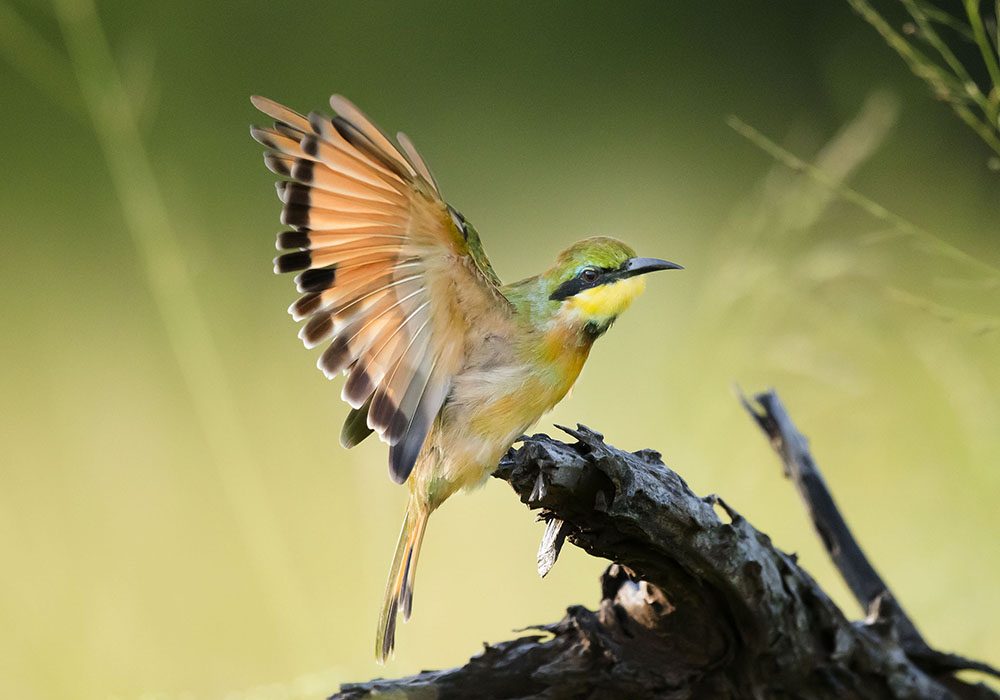
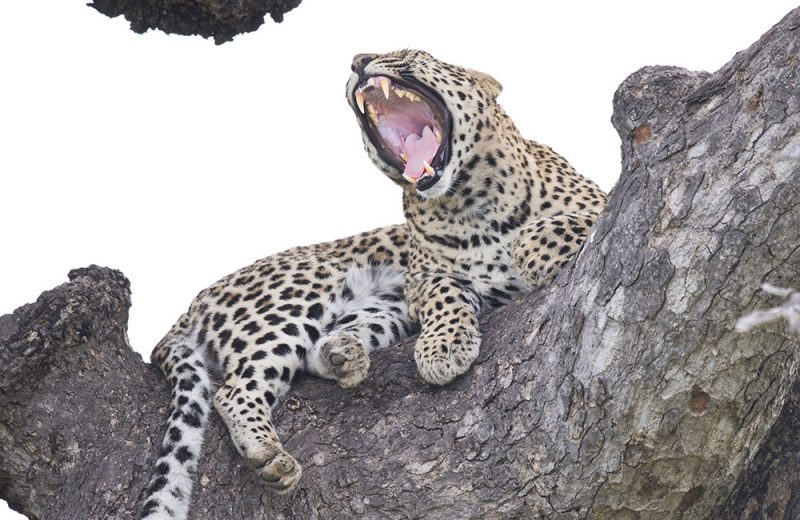
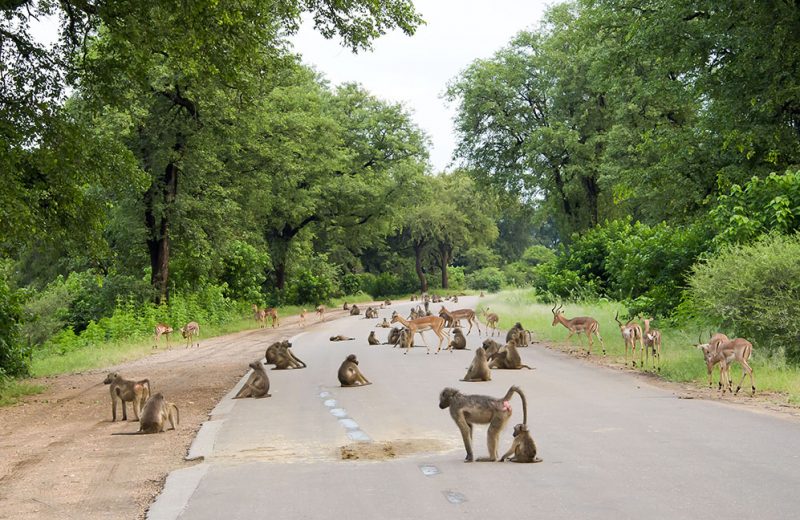
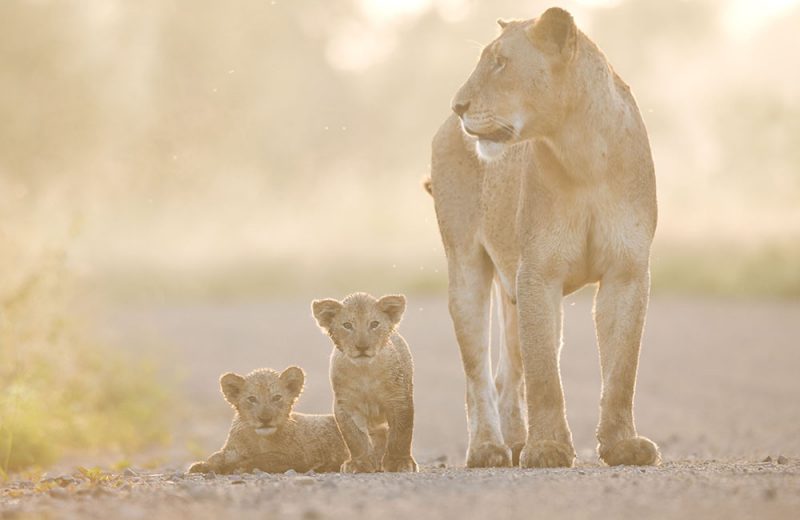
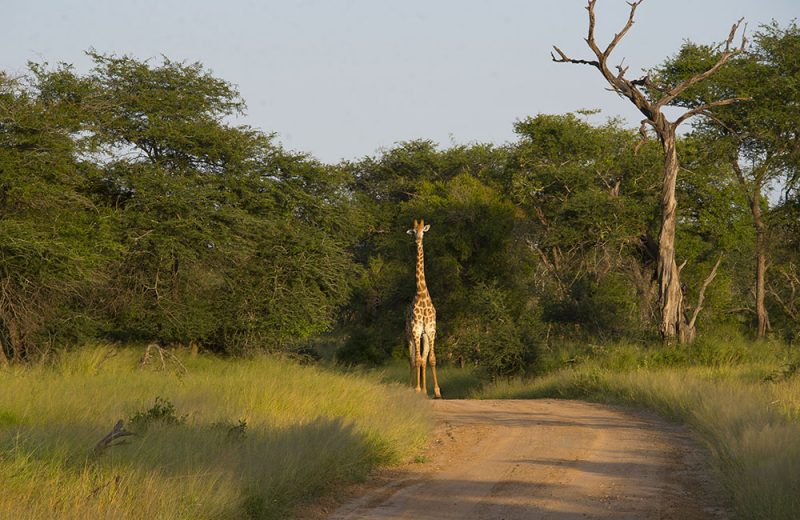
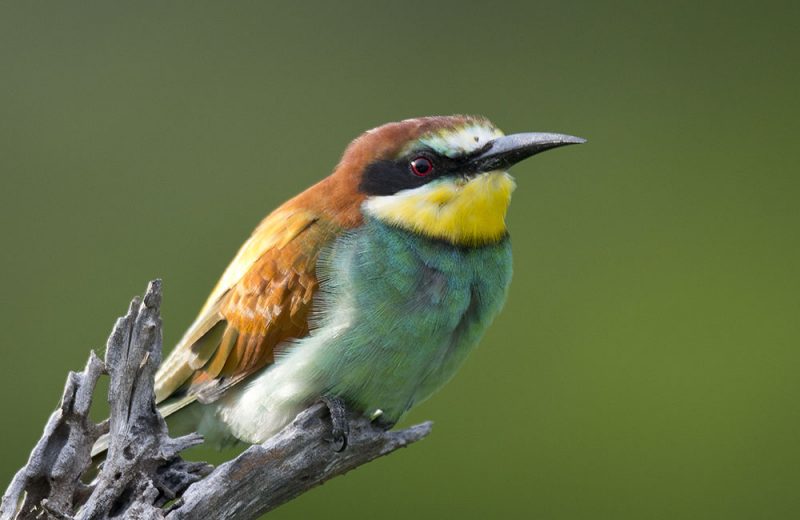
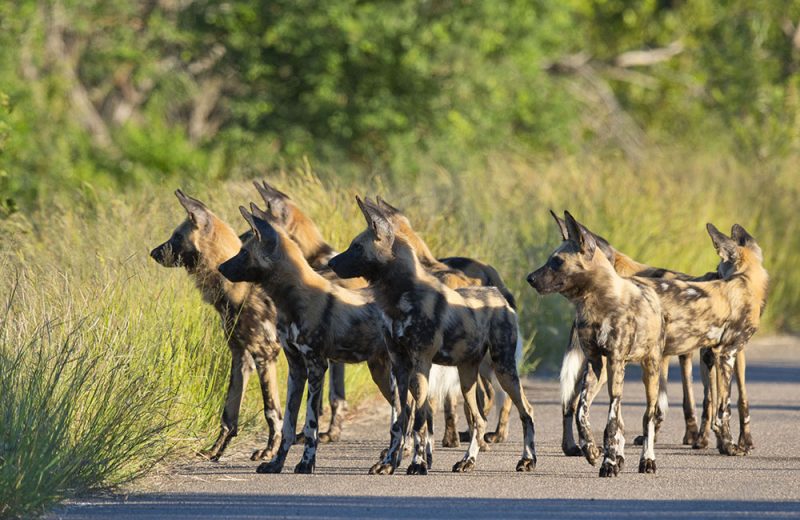
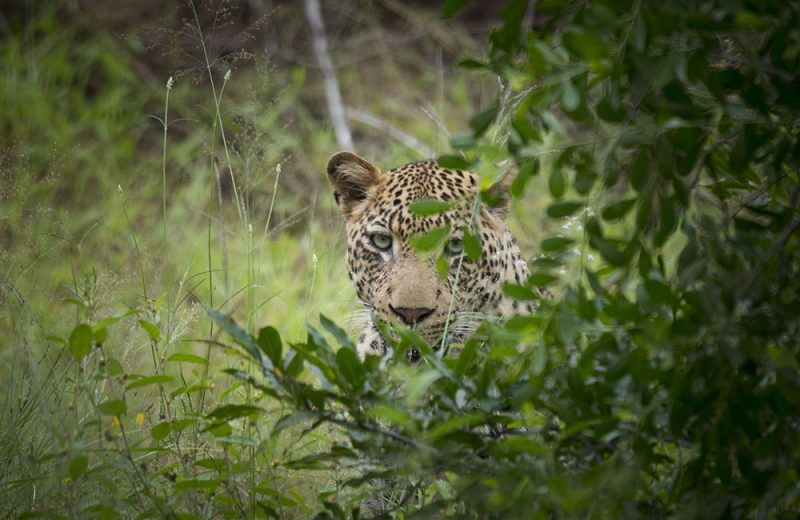

2 Comments
Jenny Cooper February 21, 2021 at 10:38 pm
Hi Richard, just love your commentary and photographs. I so miss the KNP, we emigrated to NZ, 23 years ago. I first visited the park in 1947, and we were regulars up till the time we left. My husband got his APSSA, in nature photography, so really do appreciate seeing your gorgeous photographs, keep up the good work!
Regards…Chummy and Jenny Cooper
Richard Grant February 22, 2021 at 6:01 am
Thanks Jenny. It is especially gratifying for me to know that my blog gives pleasure to those many ex-pats who miss the African bush.